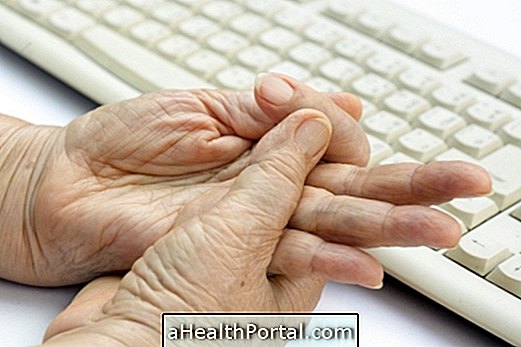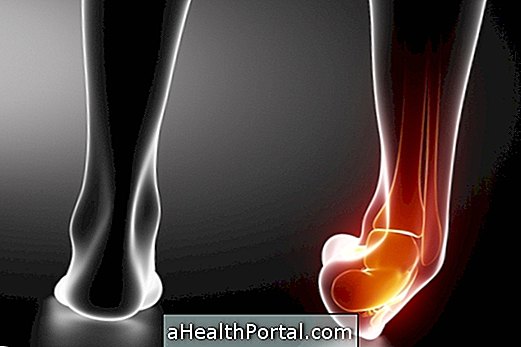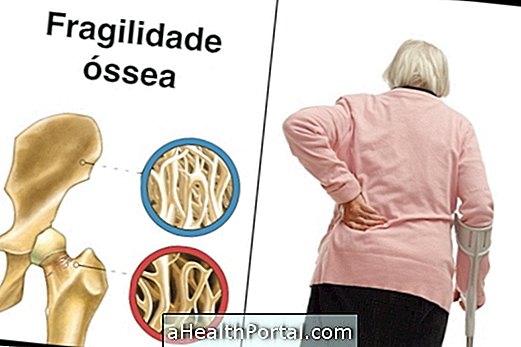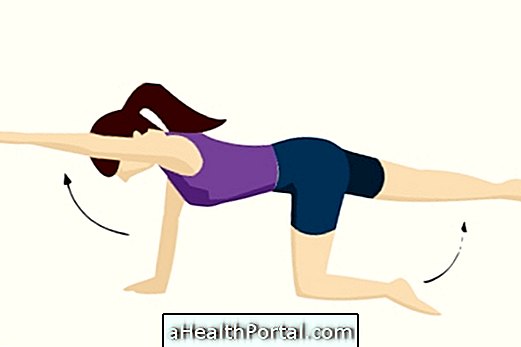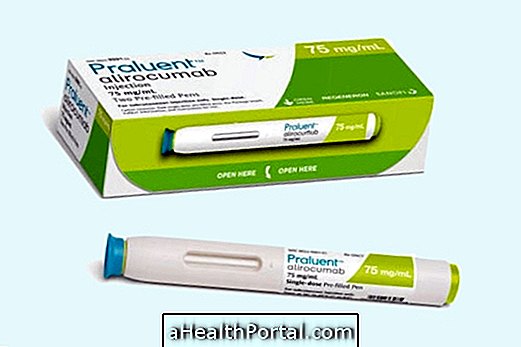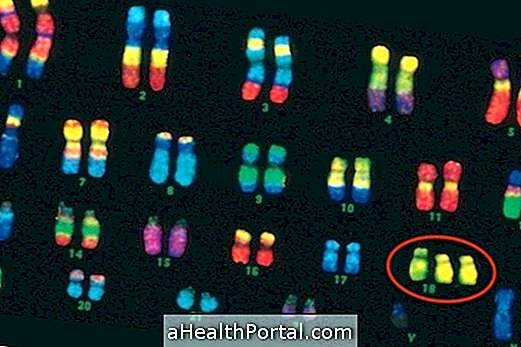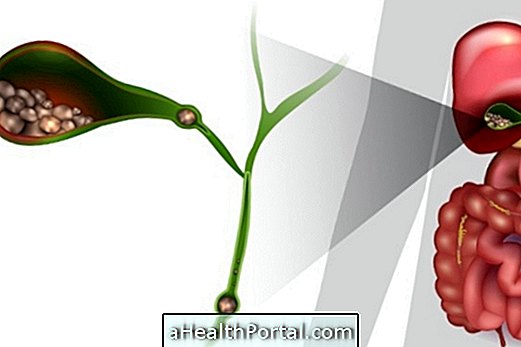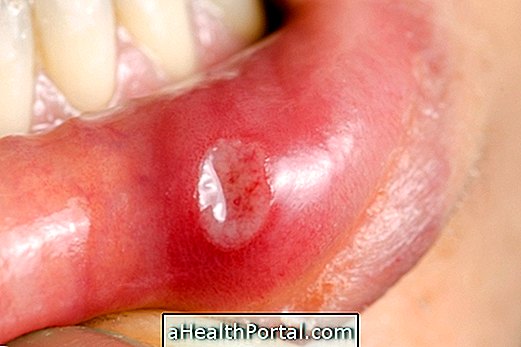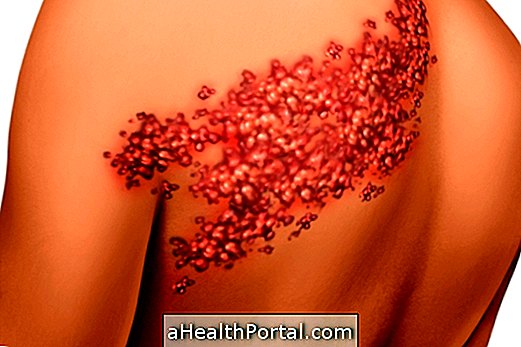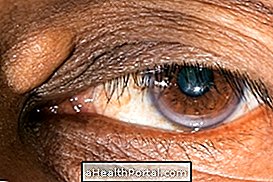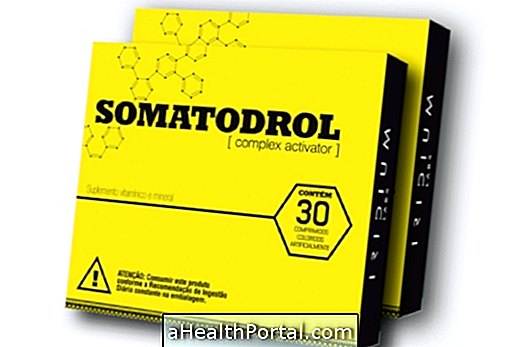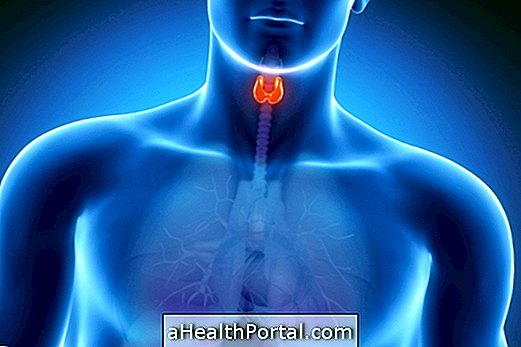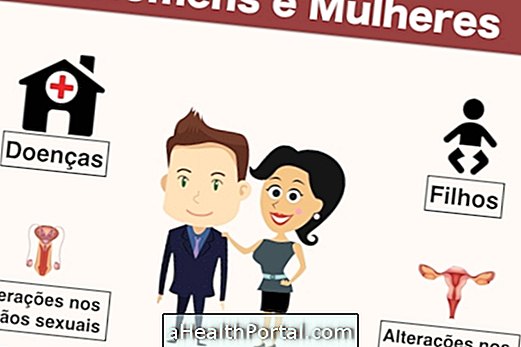The TENS device, also known as transcutaneous electrical neurostimulation, is an effective, safe and non-invasive method of treating chronic and acute pain without the need for medication.
TENS appliances are one of the most used features in physical therapy for the treatment of pain related to arthritis, tendonitis, rheumatism or dislocations, for example.
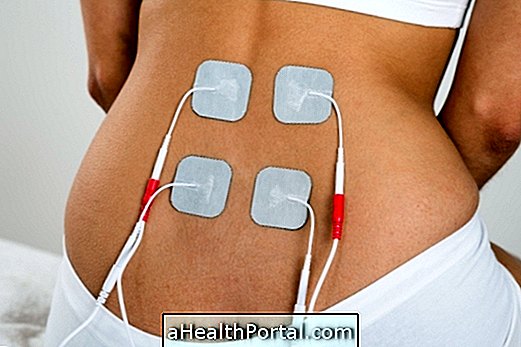
What does this technique consist of?
TENS is a technique in which electrical impulses are applied to the skin through specific devices, which activate internal control mechanisms of the nervous system, exerting an analgesic action. This is a non-invasive, non-addictive method with no health risks and in most cases does not cause side effects.
Its physiological mechanism of analgesia depends on the modulation of the current applied to the affected region, that is, if low-frequency, high-intensity electric impulses are applied, endorphins are released by the brain or marrow, which are substances with morphine-like effects. to pain relief. If electrical impulses are applied with high frequency and low intensity, analgesia occurs due to a blockage of nerve signals of pain that are not sent to the brain.
The TENS application lasts for about 20 to 40 minutes, depending on the intensity of the stimulus and can be done in a doctor's office or at home.
When it is indicated
The TENS technique can be used in some types of pain such as pain related to arthritis, back pain, neuralgia, cervical pain, tendinitis, cervicobrachial neuralgia, sciatic pain, neck pain, tendinitis, rheumatism, bone pain, back pain, dislocations, epicondylitis, postoperative pain, among others.
What are the benefits
The effects caused by TENS physiotherapy are analgesia, muscle stimulation, vasodilation, reduction of swelling and stimulation of wound healing in soft tissues.
Who should not use
This method should not be used by pregnant or breastfeeding women, people who use a pacemaker, or people who have heart disease or skin diseases at the site of the application.
